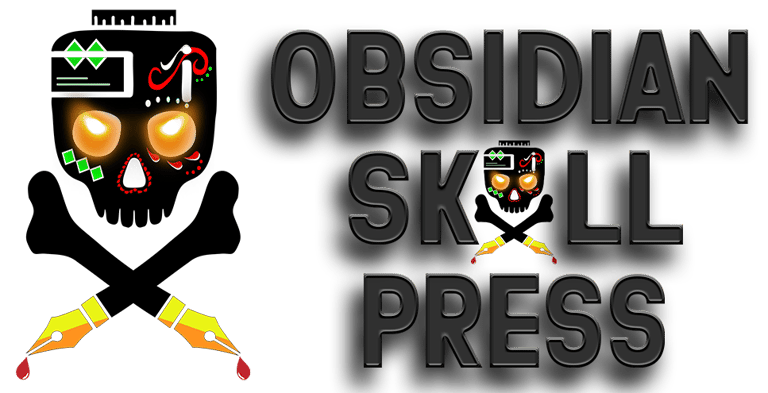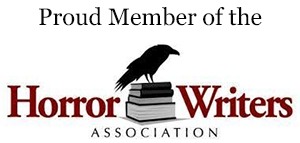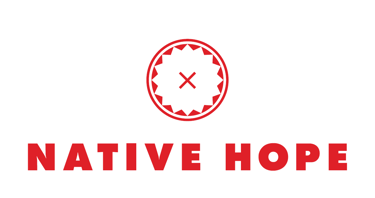Upcoming Latinx and Native American Voices in the Arts
There is a rising movement to enhance the representation of marginalized communities, particularly Latinx and Native American artists, in the arts. Their work offers vital representation and reflects the complexities of their cultures. Support from organizations like the Sundance Institute and the National Association of Latino Arts and Cultures has further facilitated this growth. Overall, these emerging voices are enriching the cultural landscape and promoting diversity in artistic expression.
NATIVE AMERICAN VOICESLATINX VOICESSYSTEMIC CHANGEDEI
TL Hutton
4/2/20253 min read
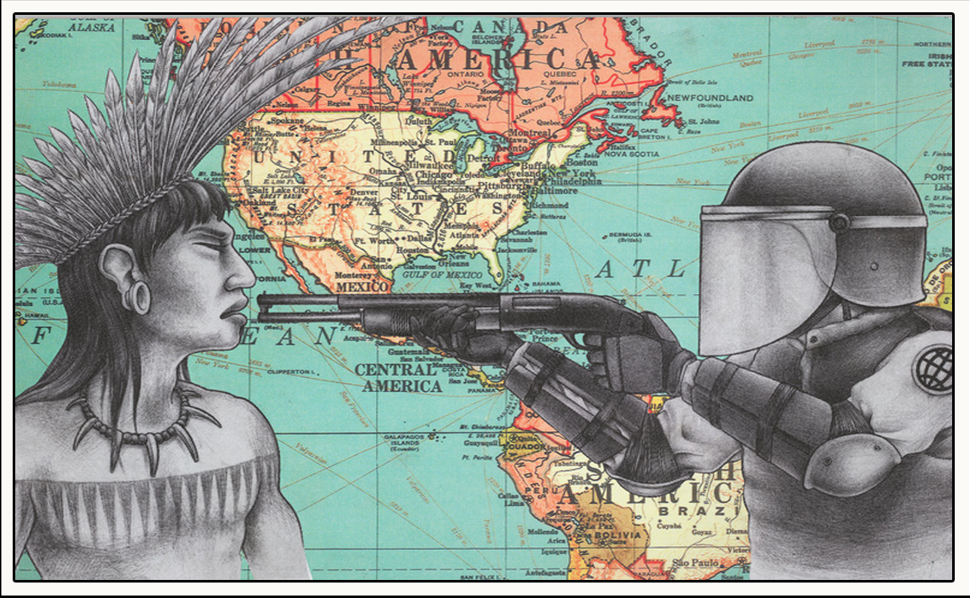

In recent years, there has been a growing movement to amplify the voices and representation of marginalized communities in the arts. Among these communities are the Latinx and Native American communities, whose unique perspectives and talents have been historically underrepresented in mainstream media. However, with the rise of social media and independent platforms, there has been a surge of upcoming Latinx and Native American voices in the arts, creating a dynamic and diverse cultural landscape.
One of the most notable artists is actor, writer, and director, Issa López. López, a Mexican filmmaker, made waves in the film industry with her critically acclaimed horror film, 'Tigers Are Not Afraid'. The film, which centers around the lives of orphaned children in the midst of Mexico's drug war, has been praised for its poetic storytelling and unique blend of fantasy and reality. López's work not only highlights the struggles of marginalized communities in Mexico but also challenges the stereotypical narratives often associated with Mexican identity in mainstream media.
Additionally, the world of music has seen a rise in Latinx and Native American artists making their mark. Puerto Rican rapper and singer, Bad Bunny, has taken the music scene by storm with his genre-defying sound and socially conscious lyrics. In his hit song, 'Yo Perreo Sola', Bad Bunny challenges gender norms and promotes female empowerment in a genre that is often dominated by male artists. His success has not only broken boundaries in the music industry but has also shed light on the diverse and dynamic culture of Puerto Rico.
In the realm of literature, emerging Latinx and Native American authors are also making their presence known. Among them is poet and novelist, Tommy Pico. Pico, a member of the Kumeyaay tribe from the Viejas Reservation, blends pop culture references with indigenous mythology in his poetry collections such as 'IRL' and 'Nature Poem'. Through his work, Pico not only shares his personal experiences as a queer indigenous person but also challenges the traditional Western canon of literature.
These are just a few examples of the many upcoming Latinx and Native American voices in the arts. Their work not only provides much-needed representation in the arts but also challenges the dominant narratives and stereotypes often associated with their communities. As a result, diversity and inclusivity are becoming more prevalent in the arts, creating a more accurate and nuanced portrayal of the Latinx and Native American experiences.
The rise of these voices can be attributed to various factors, including the increasing accessibility of social media and independent platforms. These platforms have given artists the opportunity to showcase their work and gain a following without the limitations and gatekeeping of traditional media. In addition, there has also been a growing demand for diverse and authentic representation in the arts, leading to the amplification of these marginalized voices.
It is also important to note the role of organizations and initiatives in promoting and supporting these budding artists. For instance, the Sundance Institute's Indigenous Program has been instrumental in providing resources and mentorship to Native American and Indigenous filmmakers. Similarly, the National Association of Latino Arts and Cultures (NALAC) offers grants and programs to support Latinx artists in various disciplines.
In conclusion, the upcoming Latinx and Native American voices in the arts are breaking barriers and creating a more diverse and inclusive cultural landscape. Their work brings forth important and often overlooked perspectives, adding richness and depth to the artistic world. With the increasing support and recognition for these artists, we can only look forward to a future where their voices continue to thrive and inspire others.
Sources:
'Native American and Indigenous Program.' Sundance Institute, www.sundance.org/programs/indigenous.
Carcamo, Silvia. 'How Puerto Rican rapper Bad Bunny is changing the diaspora.' The Los Angeles Times, 16 Feb. 2020, www.latimes.com/entertainment-arts/music/story/2020- 02-16/bad-bunny-pr-latinxs.
Biography.com Editors. 'Kumeyaay Expansion: A Native American Seeker's Travelog.' Biography, A&E Television Networks, 14 Sept. 2018, www.biography.com/musician/tommy-pico .
López, Issa. 'Tigers are not afraid - Movie Page - DVDTalk.' DVDTalk, 16 Apr. 2020, www.dvdtalk.com/reviews/74446/tigers-are-not-afraid/ .
Pico, Tommy. 'Can Indigenous Fiction be about Anything Other than Indigenous Fiction? - LA Review of Books.' Los Angeles Review of Books, 7 Mar. 2019, lareviewofbooks.org/article/can-indigenous-fiction-be-about-anything-other-than- indigenous-fiction/ .
'Home - NALAC.' National Association of Latino Arts and Cultures, 2021, www.nalac.org/.
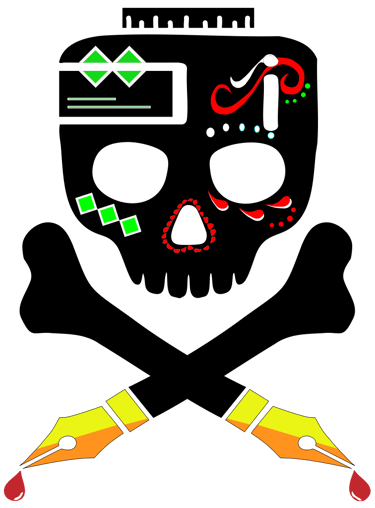





© 2025 TL Hutton | Obsidian Skull Press. All Rights Reserved
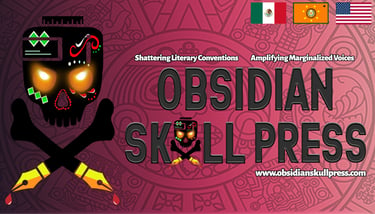

Follow us
Causes we Support


